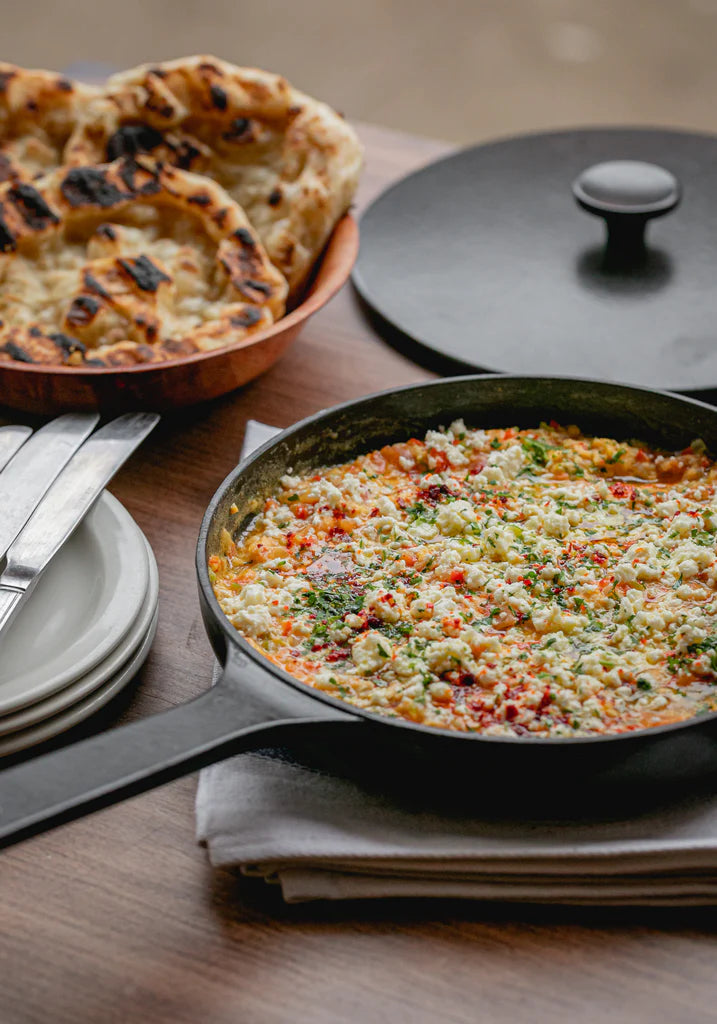“Winemaking is chemistry, it’s like cooking or baking. It’s a ‘making skill’ with art and science at its core.” Or, so says Warwick Smith, the founder and self-titled Chief Wine Officer of East London based Renegade Urban Winery. Admittedly, London is not known for its wine, or at least not its wine production. But, as the name suggests, Renegade is trying to shake up the wine industry.
Warwick’s background wasn’t in wine. But, after working in asset management for 15 years, a career that, for him, proved to be less than fulfilling, he decided a career change was on the cards. “I didn’t really know what I wanted to do,” he says. “But I knew what I didn’t want to do.” Trying to figure out that age-old, and notoriously allusive, question took Warwick to Colorado, where he spent a summer at the urban winery The Infinite Monkey Theorem. “Before I went, I thought I knew a lot about wine because I could taste a Clare Valley Riesling from a Pfalz grown German Riesling. Being there completely opened my eyes to how little I knew about the making of wine.
The urban winery model is, as Warwick explains, very similar to craft brewing. Grapes are bought from different top quality vineyards, and transported to the winery, where the rest of the process takes place. “There are two halves of the winemaking story,” he says. “One is the growing of the grapes and, of course, great fruit is hugely important, but the other half of the story – the part that includes yeast, temperature control, skin contact, chemistry and making skill amongst many other things, is just as important.”
In the case of Renegade, the grapes come from England and elsewhere in Europe, including France, Italy and Germany. Currently, the split of English and European grapes is roughly the same, although Warwick is hoping to increase the proportion of English grapes in the coming years. The grapes are picked by hand, loaded into refrigerated trucks and driven straight back to the winery London.
In 2016, when Renegade first launched, they made what Warwick dubs ‘copycat wines,’ meaning that they would make wine in the way recommended by the vineyard that grew the grapes. Now, they work in their own way. There is much less intervention than in traditional winemaking, they predominantly use naturally present yeast (think sourdough) and they don’t add any fining products or addatives, or any of the, in Warwick’s words, “Argos catalogue length list of chemicals that can be used in winemaking.” Instead, they do as little to the wine as possible.
What they do do, however, is innovate. They occasionally create blends of different grapes, be those different varieties, or the same variety, but grown in different countries, and, therefore, with very slightly different tastes. “It’s like how, in cooking, you take sweet, sour, savory, salty, and mix them together in the perfect blend.”
In terms of style, they focus mainly on still wines, ranging from reds, whites and pinks to skin contact and copper wines. Then, they have the slightly more, shall we say, renegade wines – like a dry hopped English sparkling, which uses beer hops to aromatise the wine, and an Earl Grey infused sparkling English Sauvignon Blanc.
Currently, they make around 60,000 bottles a year, a very small number by wine industry standards, but still enough to service their mainly restaurant focused customers as well as their two venues – one in Bethnal Green, where their original winemaking facility was, and another in Walthamstow, at their new winery. They sell to bars and restaurants, like Kricket and Vinoteca. Warwick has plans to expand. “If you go into a London pub now, you’ll see Camden Hells and Beavertown on draft. There is massive support for local breweries in the UK. English wines have been on a much more premium level, and have been more difficult to access at a reasonable price point and quality. I want to see British wines become the go-to at bars and restaurants in the UK.”
Renegade is also making wine waves in the labelling department. “I wanted to change the labels every year,” Warwick explains, and, after starting out with graphic labels and a label drawn by a Central St Martins graduate, he came up with a fairly novel approach to naming and labelling his bottles. “We were thinking about who the most important people to us are, and, it’s our customers. So we decided to put them on the bottles.”
Every November, they put a call out on their Instagram, asking for volunteers to be on their labels. The volunteers are then photographed, and their eyes make up the wine for which they are also named. When they make a new style of wine, they pick a new face. If they make the same wine for another year, they take another person, so, slowly, the labels will age alongside their namesake. “We wanted to showcase the diversity of the people who drink wine, people of different races, genders, sexualities, those with disabilities.”
The unconventional labels are, admittedly, not for everyone. “Some people don’t like feeling like they’re being watched by their bottle of wine. But they work for us."
Cooking technique
Wine can also be used for poaching fruit, a method that works especially well for seasonal fruit, like apples and pears. Simply put the fruit, peeled but whole, into a saucepan, and cover with wine. Cook the fruit until soft. The rest of the liquid can then be boiled and reduced to a syrup.
Words by Rosily Roberts


